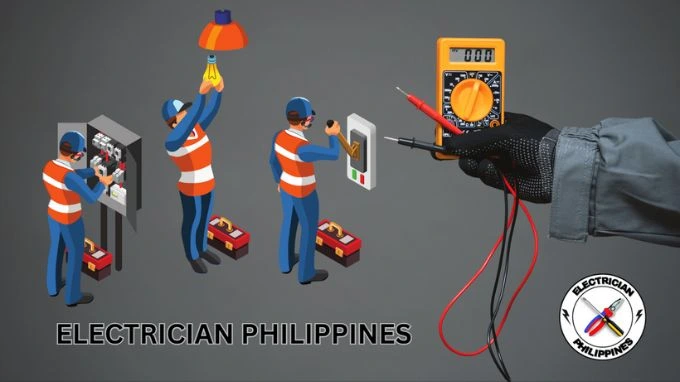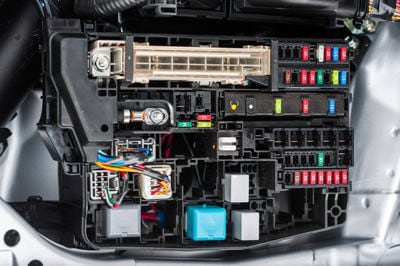Maintain total compliance through trusted regulatory compliance assistance.
Maintain total compliance through trusted regulatory compliance assistance.
Blog Article
Top Tips for Effective Electric System Troubleshooting
Fixing electrical systems needs a systematic approach, grounded in a thorough understanding of electrical concepts and security procedures. The nuances of effective repairing extend beyond plain technological expertise; recognizing exactly how to record findings and focus on security can dramatically influence end results.
Understand the Essentials
Recognizing the fundamentals of electrical systems is important for reliable troubleshooting, as a solid structure permits service technicians to detect and deal with concerns much more efficiently. A detailed understanding of electrical principles, such as voltage, present, resistance, and power, is critical in determining the origin of issues. Voltage is the electric possible distinction that drives current through a circuit, while resistance opposes the circulation of current, impacting the general capability of the system.
Familiarity with circuit parts, including resistors, capacitors, diodes, and changes, is also critical. Each part plays a distinctive role in circuit actions and can influence efficiency when malfunctioning. In addition, comprehending collection and parallel circuit configurations is crucial, as these arrangements affect the circulation of voltage and current within the system.
Moreover, understanding of security protocols is vital. Service technicians have to know potential risks, such as shock and brief circuits, to execute risk-free troubleshooting techniques. By mastering these foundational concepts, service technicians boost their capability to carry out reliable diagnostics and repair services, inevitably causing improved performance and reliability of electrical systems. This fundamental expertise is the keystone of effective troubleshooting ventures.
Gather Necessary Devices
Reliable troubleshooting of electric systems requires the appropriate collection of tools to detect and solve issues properly. A well-equipped technician can significantly enhance performance and efficiency in recognizing problems. Essential tools include a multimeter, which gauges voltage, existing, and resistance, permitting exact evaluations of electric parts. Secure meters are also important for measuring present without separating the circuit, ensuring security and convenience.
Additionally, shielded hand devices such as screwdrivers, pliers, and cord strippers are vital for safely controling electric links. It is additionally suggested to have a circuit tester accessible to validate the existence of voltage in outlets and wires. For even more complex systems, a thermal imaging cam can assist spot overheating parts, indicating prospective failures.

Follow a Systematic Method
Having actually gathered the proper devices, the next action in repairing electric systems is to follow a methodical strategy. A systematic method guarantees that specialists can determine faults successfully and accurately, reducing downtime and protecting against unneeded fixings.
Begin by assessing the system's schematic representations and specs. Comprehending the layout and functional specifications will give context for identifying concerns. Next off, separate the trouble area by utilizing a process of removal. This includes checking each component systematically, beginning with the source of power and working in the direction of the lots.
Use testing tools, such as multimeters and oscilloscopes, to gather objective data about voltage, current, and resistance at numerous factors within the system. This empirical evidence will guide your troubleshooting efforts and help to confirm or get rid of possible causes of failing.
In addition, consider environmental elements that may affect the system's performance, such as temperature variations or moisture access. A thorough examination of electrical wiring, connections, and elements will certainly make certain that all possibilities are accounted for.
Record Your Findings
Extensive documentation is crucial in the repairing procedure of electric systems. This practice not only aids in comprehending the root reason of the issue however also offers as a reference for future repairing efforts.

Furthermore, maintaining a log of additional resources components changed or repairs carried out is important. This info sustains inventory management and can help evaluate the durability and reliability of specific components.
Inevitably, the documents process ought to be extensive yet concise, making it possible for simple access and evaluation - electrical system troubleshooting. By prioritizing detailed documentation, professionals can produce an important expertise base that not just help in existing troubleshooting yet also equips future maintenance initiatives, thus enhancing general system integrity

Prioritize Precaution
Acknowledging the inherent threats connected with electric systems is crucial for making certain safety and security during troubleshooting. Electrical shock, burns, and equipment damages are simply a few of the prospective threats that technicians face. Focusing on precaution is not just a legal commitment however also a moral necessary that safeguards both the technician and the surrounding setting.
Prior to commencing any type of troubleshooting task, specialists ought to wear proper personal protective equipment (PPE), consisting of protected handwear covers, shatterproof glass, and flame-resistant clothes. see page Making certain that the work area is dry and devoid of mess can significantly minimize the danger of crashes. It is essential to de-energize circuits before starting any type of job, validating that they are not live through the usage of a multimeter or voltage tester.
Establishing clear interaction protocols with group members is also crucial; this makes sure that everyone knows potential hazards and the status of the electric system being worked with. Lastly, having an emergency situation feedback strategy in area can prove vital in case of an event. By focusing on security steps, technicians can efficiently mitigate threats and promote a more secure office.
Conclusion
Efficient electric system fixing depends on a comprehensive understanding of essential concepts and a systematic approach. Prioritizing safety steps guarantees the well-being of people included and the integrity of the electrical system.
Report this page